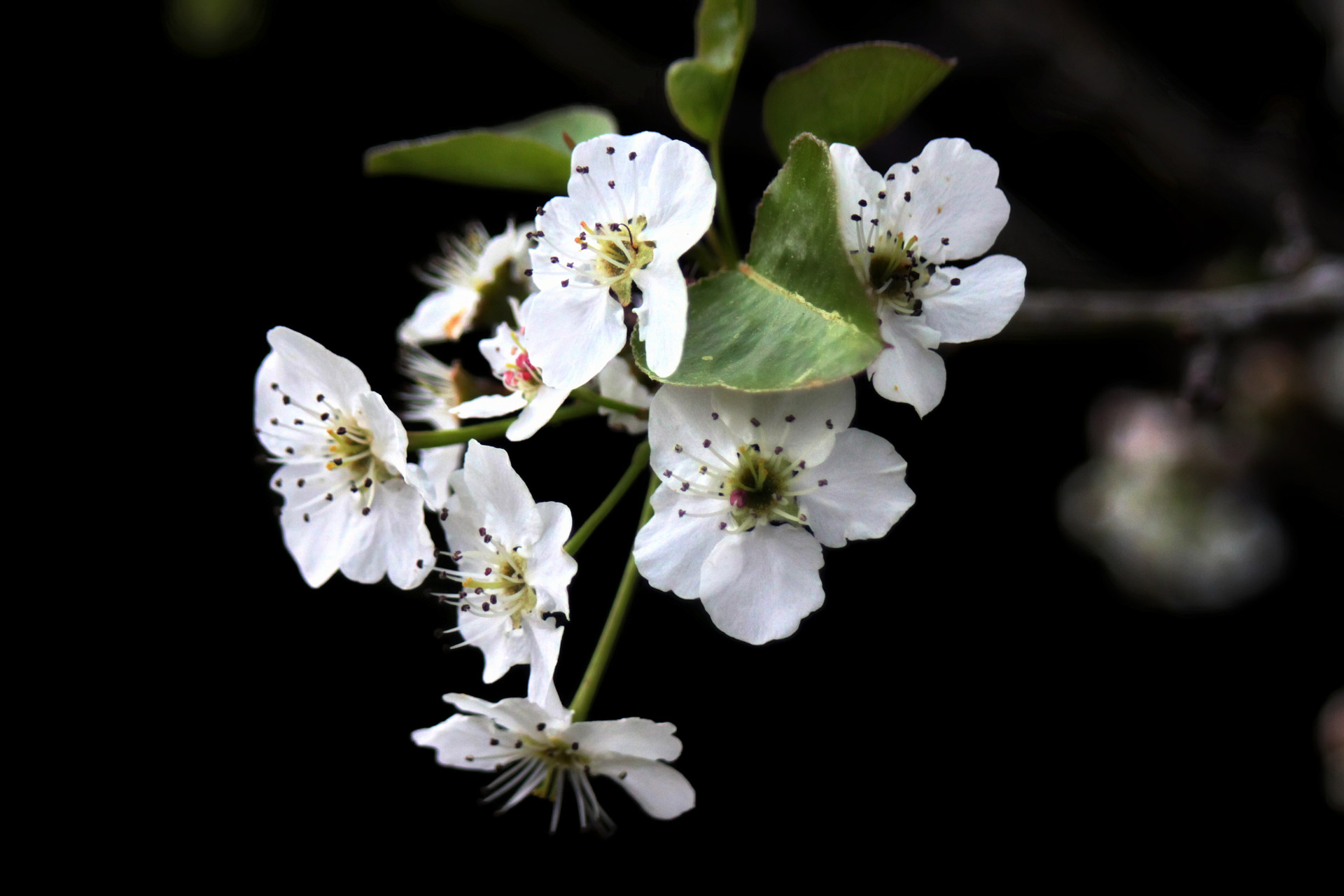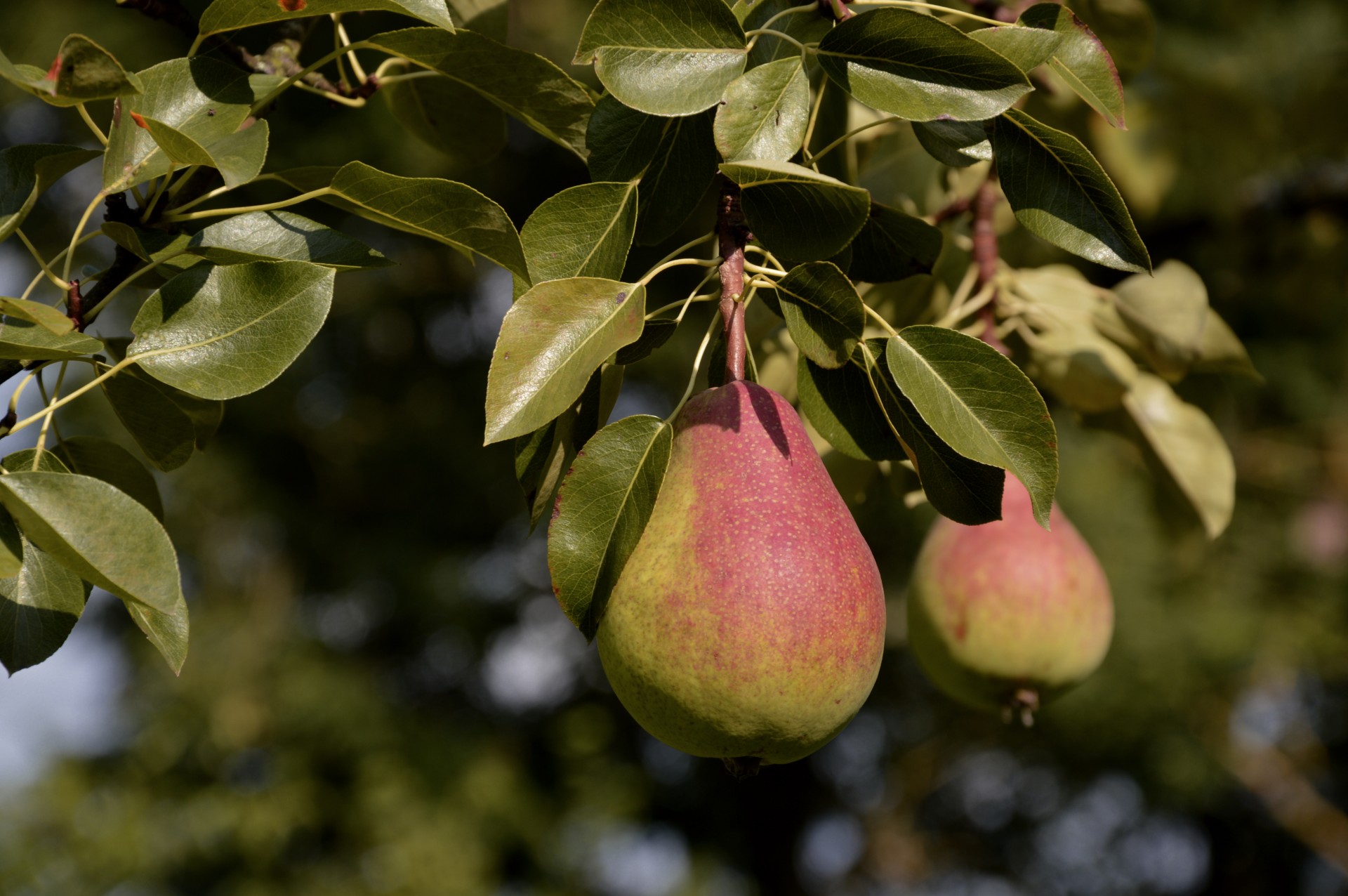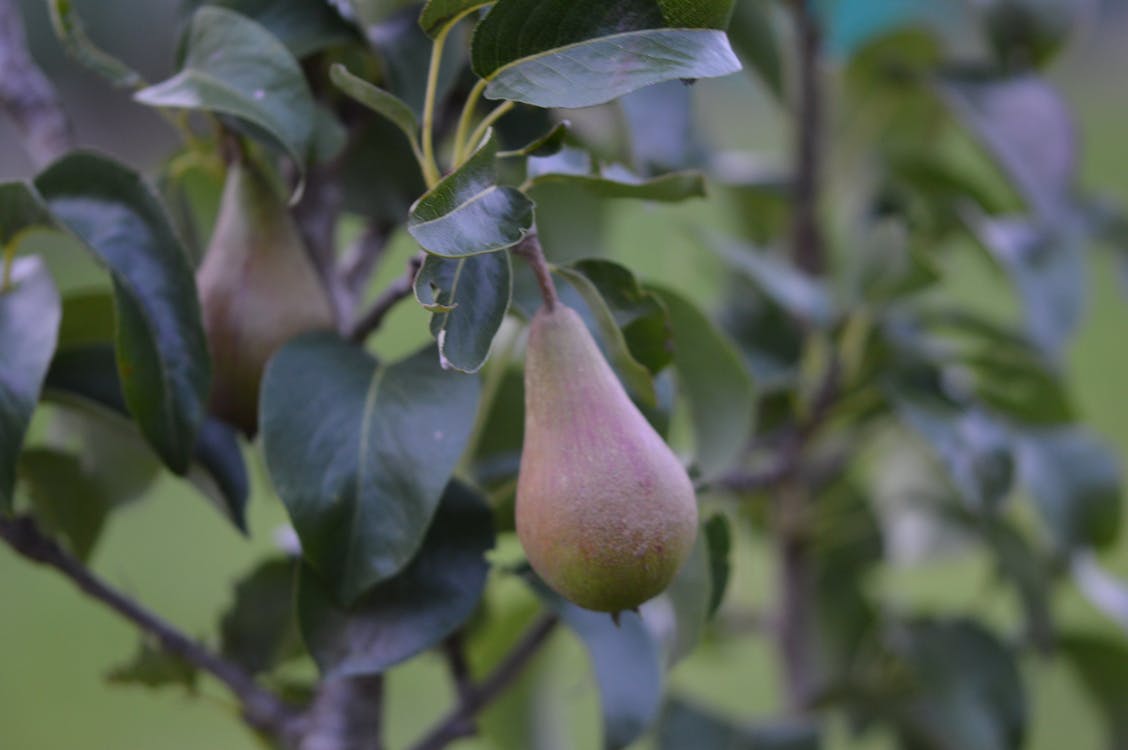Peerless Tips About False Pear Tree
Planting and caring for the ‘conference’ pear.
False pear tree. Eliminate diseased branches by pruning them after the flowering pears have become dormant. Fire blight symptoms in ornamental pear trees include wilted, blackened leaves at the twig tips. Pyrus pashia, the wild himalayan pear, is a small to medium size deciduous tree of the small and oval shaped crown with ovate, finely toothed leaves, attractive white flowers.
Pyrus 'chanticleer' is an upright, conical, flame shaped small ornamental pear tree that will grow to just 5 x 3 metres in 20 years. The cultivated common pear ( p. If you decide to graft your tree onto a rootstock, these growth rates.
The asian pear tree ( pyrus pyrifolia) is in the rosaceae family tree, like plums and peaches, and is a prolific tree, producing many fruits each season. Many ornamental pear trees do actually fruit but, generally, produce very little fruit and of a smaller size, less than half an inch (1.5 cm.) across. The bartlett pear tree produces fragrant white flowers in the spring.
Here are some practical pear tree. Although all flowering pear trees—including pyrus calleryana—actually produce fruit, the tiny pears on ornamental pear trees are too insignificant to be useful.
Worthy of being a feature tree, it is also perfect for. That is one of the. In the spring, the bacterium erwinia amylovora oozes from shoots.
The pearless pear tree (pyrus spp.), also referred to as ornamental or flowering pears, offers the beauty of showy blooms and fall color, without the hassle of. The chamaecyparis genus, often referred to as false cypress trees, offers a wide array of sizes and colors for anyone searching for a textured evergreen. I would leave these tiny fruits for wildlife to munch on.
Each variety of ornamental pear tree flowers at slightly different times, either earlier or later in spring with lovely white flowers, followed by a lush green summer foliage. After the leaves have fallen, look over the branches for fire blight, a. Communis) is thought to be descended from two subspecies of wild pears, categorized as p.
Is ornamental pear fruit edible?















